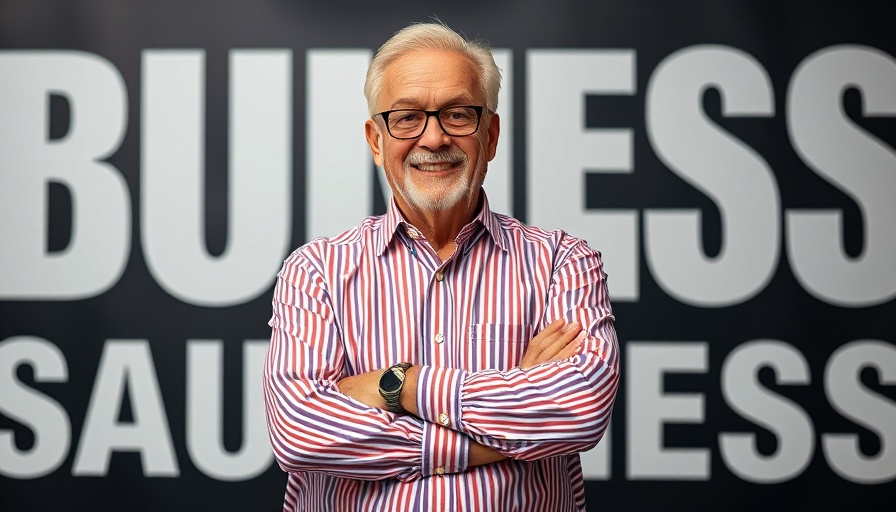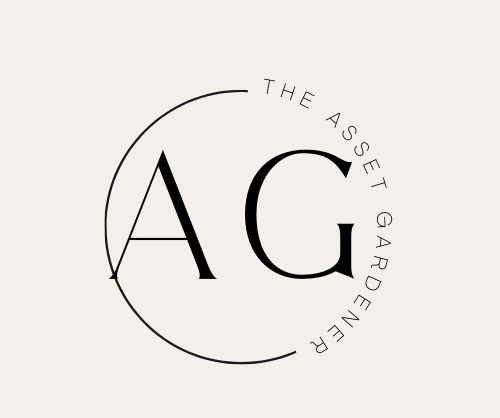
The Evolution of Information and Belief Systems
In an era where social media and digital platforms reign supreme, the lines between credible news and sensationalism often blur. The Weekly World News, a satirical tabloid that began with simple absurdities like Bat Boys and UFOs, serves as a fascinating case study. The creators, working with minimal resources in a cramped storage closet, demonstrated how fabricated narratives can capture the imaginations of readers. Surprisingly, this publication was able to thrive in a time when credibility was tied to the very format of printed news.
Why Do We Believe the Unbelievable?
As small business owners and entrepreneurs, it is essential to recognize the profound impact that a seemingly reputable source can have on public perception. The tabloid's success reflects a broader societal trend: the acceptance of outlandish claims, especially if presented in a familiar format. This phenomenon highlights the importance of critical thinking in consuming information. Just as the tabloid thrived on sensationalism, many modern digital outlets can distort facts to gain traction.
Navigating Today’s Information Landscape
For entrepreneurs, the challenge lies in discerning fact from fiction while building their own narratives. The tale of the Weekly World News reminds us that creativity in storytelling—be it for a business pitch or social media post—can be powerful, yet it comes with responsibility. The stories we choose to tell can influence public opinion and even contribute to misinformation. Balancing wit and authenticity is crucial for fostering trust with audiences.
Takeaway: Trust Your Instincts and Facts
As you navigate your entrepreneurial journey, take a moment to reflect on the sources of information you engage with. Always consider credibility when gathering insights for your business decisions. Familiarize yourself with the intent of the content you consume, ensuring it aligns with genuine value rather than mere sensationalism.
 Add Row
Add Row  Add
Add 




 Add Row
Add Row  Add
Add 
Write A Comment